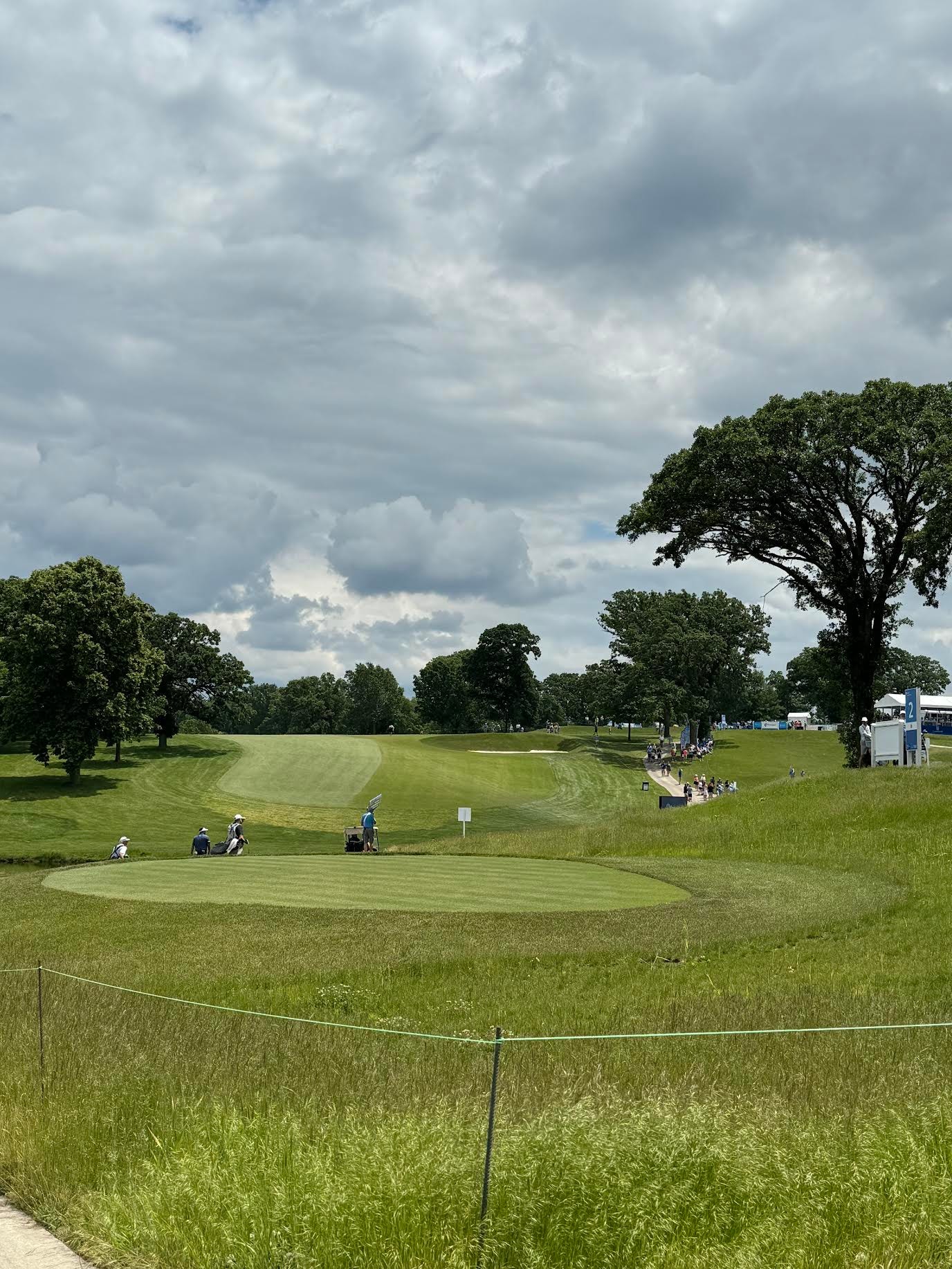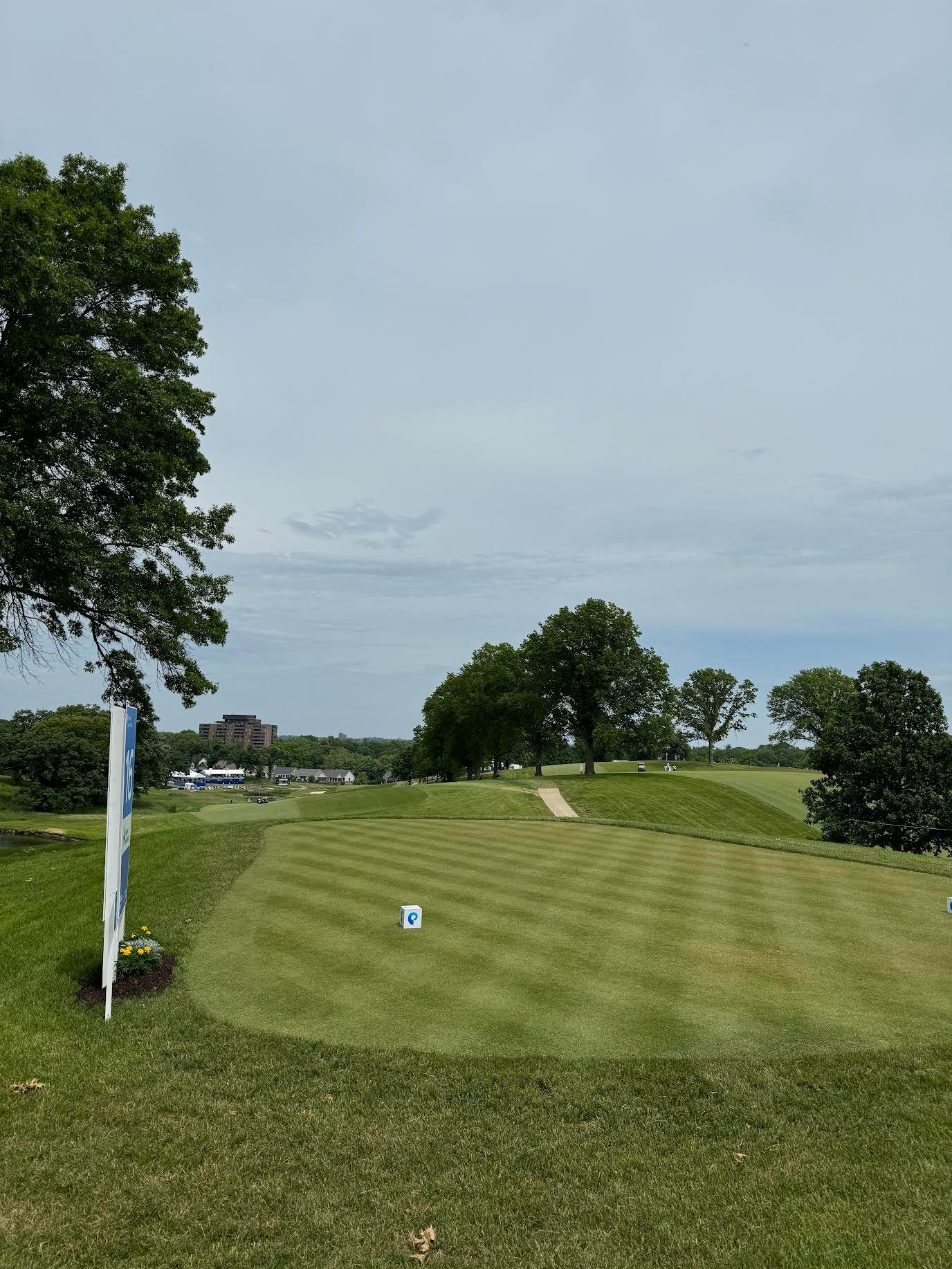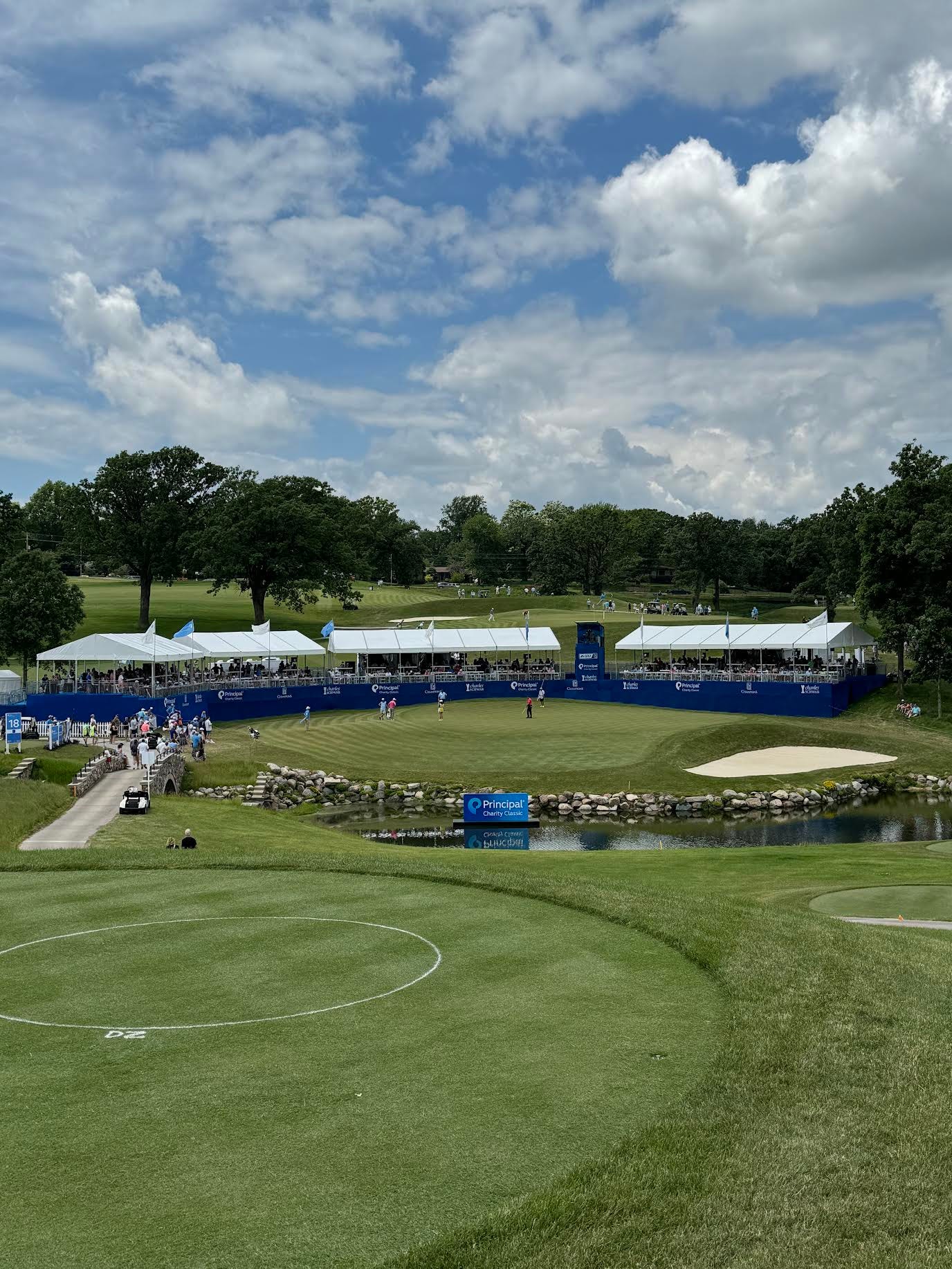Unique Golf Architecture Lives on the Other Tours
Unique Golf Architecture Lives on the Other Tours
The Champions Tour and LPGA Tour have the ability to showcase golf courses with vintage architecture and famous designers
TIMOTHY CORLETT
JUNE 10
As the PGA Tour continues to gravitate towards TPC courses, courses with considerable length and high visibility golf holes, the Champions Tour and LPGA are doing the opposite.
The Champions Tour is fresh off a stop at the newly restored Wakonda Club and bound for Newport Country Club and Carnoustie later in the year. The LPGA played at Lancaster last week with Sahalee Country Club and the Old Course at Saint Andrews in the months to come.

Wakonda Club in particular has followed a trend amongst courses with golden age architects in restoring the original course or original intention of the design. Wakonda sits on a hilly piece of land with nearly every hole having 100 feet plus in elevation change - located in the heart of Iowa. The club hosted the Western Amateur in 1947 then the US Amateur in 1963. In more recent times, the Principal Charity Classic, an annual PGA Tour Champions event, has been held here since 2013.

The 16th tee at Wakonda Club has players hit to a down-sloped fairway working right to left with a pen tally area left and slopes and rough right. The middle left of the fairway is optimal for the approach but requires a left to right ball flight or one hit down the very right of the fairway.
A land site this bold called for an architect of equal proportion and in 1922, William Langford was selected to design the course. Known for his large, bold features and use of both natural slopes and steam based land moving equipment, this Langford course was visibly stunning. Or underwhelming, as the course sits on a particularly small parcel of land, and is short by today’s standards, at around 7000 yards and few tee shots are hit blindly over the severe hills of the hole.

Hole 17 is a mid length par 3 with a huge elevation change, false fronted green and water in the front.
Author Daniel Wexler in The American Private Golf Club Guidesays “the dean of Iowa’s Golden Age courses sits on a rolling property well-suited to William Langford’s famously deep bunkering and elevated, heavily contoured greens (and) it relies upon the uneven landscape for a good portion of its difficulty.”
Golf courses from the golden era tend to lack flat lies. It was mentioned by the starter, “it’s said you get one flat lie per hole guaranteed and that’s the tee box.”
Augusta National is known for its slopes and ads to the interest surrounding the course. Wakonda could be bucketed into the same conversation, as once you exit the teeing area, a flat lie is rarely found.

The hill climb at hole 10 was daunting. A well placed tee shot must also find its way up and over the hill and a cross bunker on the left.
Uneven playing surfaces didn’t appear to hinder play at Wakonda as Ernie Els fired a record setting 62 on the first round of the Principal Charity Classic, followed by a 63 from Bernard Langer. It was the par 3s that posed the greatest challenge with one playing over par. The large bunkers, massive fall offs and slopes did not appear to hinder scoring as all other holes played under par for the field.
The restoration efforts at Wakonda have been replicated at other tour sites and historic country clubs nationwide. The return of dramatic features including deep bunkering, fescue and fairway angling along with tree removal. This has lead to better visuals off the tee, increased playability and “fun,” but in most cases haven’t resulted in changes to course difficulty. Many of the restored courses rate at the same difficulty as their pervious penal tree lined predecessors.

At the conclusion of the 2023 Principal Charity Classic, Tyler Rae completed a project of upgrading the greens, rebuilding the bunkers, and widening playing corridors. All efforts were completed and the course opened for its first round for the 2024 Principal Charity Classic. The first member tee times will follow the conclusion of the Classic.
For the mere mortal, Wakonda imposes a significant challenge. The first hole, a dog leg left, drops 70 feet from tee to fairway and rises again to a green with a false front. One that John Daly spun an iron off of short, resulting in a 30 yard pitch to the pin. Hole 10 has a large shared fairway, but the optimal tee shot requires a lofted drive that must carry a large deep cross bunker. This results in the feeling that you are hitting into the abyss..

Hole 18 exemplifies golden age shenaniganry. The stands surround the green and stretch back 40 yards around the fairway. A bunker sits on the right side of the fairway creating a completely blind driving area. The short par 4 measures just over 300 yards and with 100 feet of elevation from tee to green, players attempting to go for the green in one appear to hit it into the stands. The green adds to the difficulty of this short finishing hole, as chief Wakonda's grave, a large mound in the center of the 18th green, adds a wrinkle to finishing your round.
Wakonda was so undulating that 75 percent of tournament players elected to cart their rounds. This percentage is up considerable from the other tournament sites. The elevation changes and architecture, tested players carry distances and distance control when accounting for uphill and downhill approaches.
John Daly’s cart was surprisingly sparse, containing only a few snacks, a towel and a range finder adorning his name. Absent were the Diet Coke and cigarettes.

As the PGA Tour prioritizes large golf courses with considerable length and “what you see is what you get” architecture, the other tours have an interesting year ahead with a variety of golf courses. A golf course architecture fan may find their time best spent changing back and forth between the different tours on TV.
Thanks for reading Break80 Golf! Subscribe for free to receive new posts and support my work.
